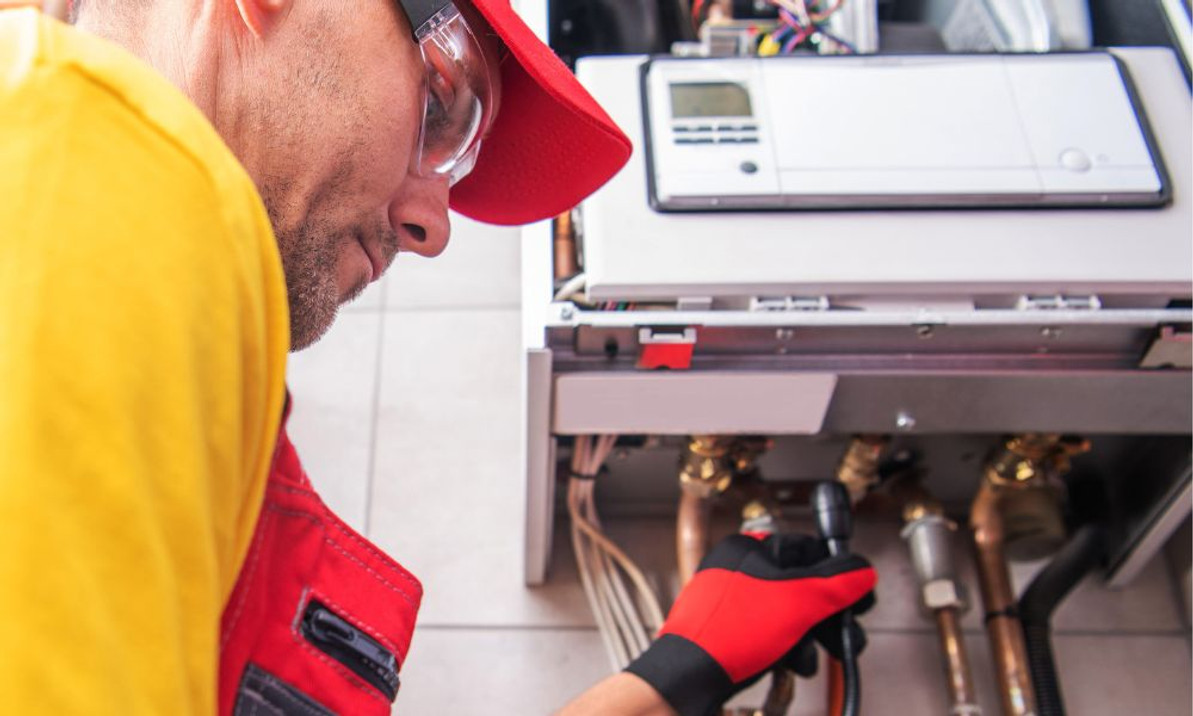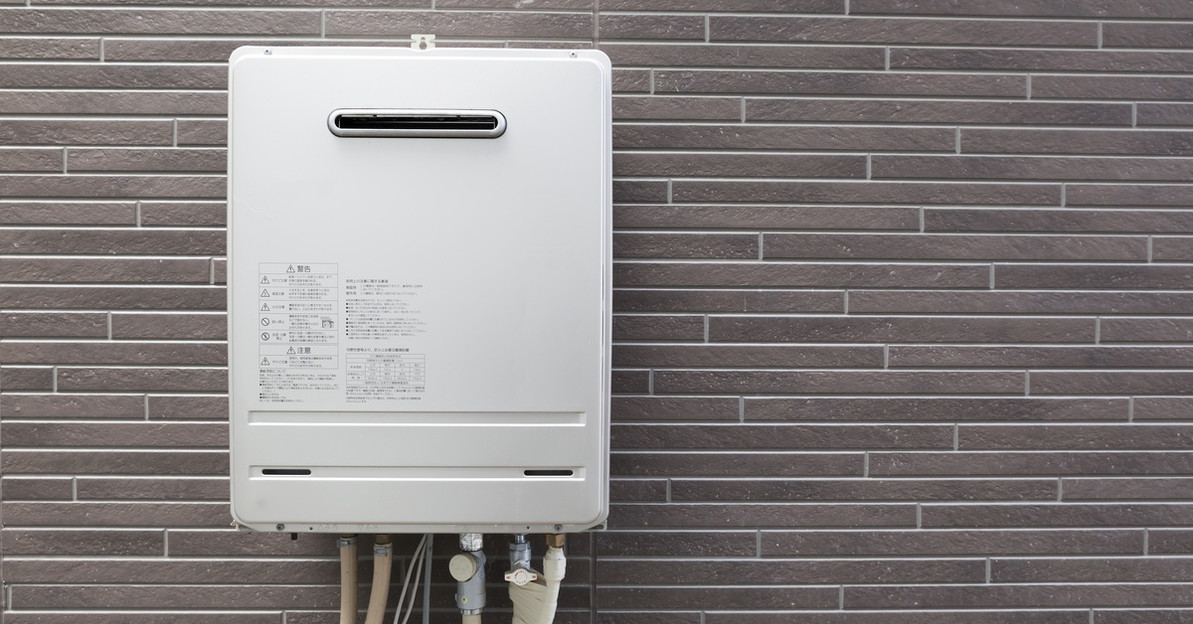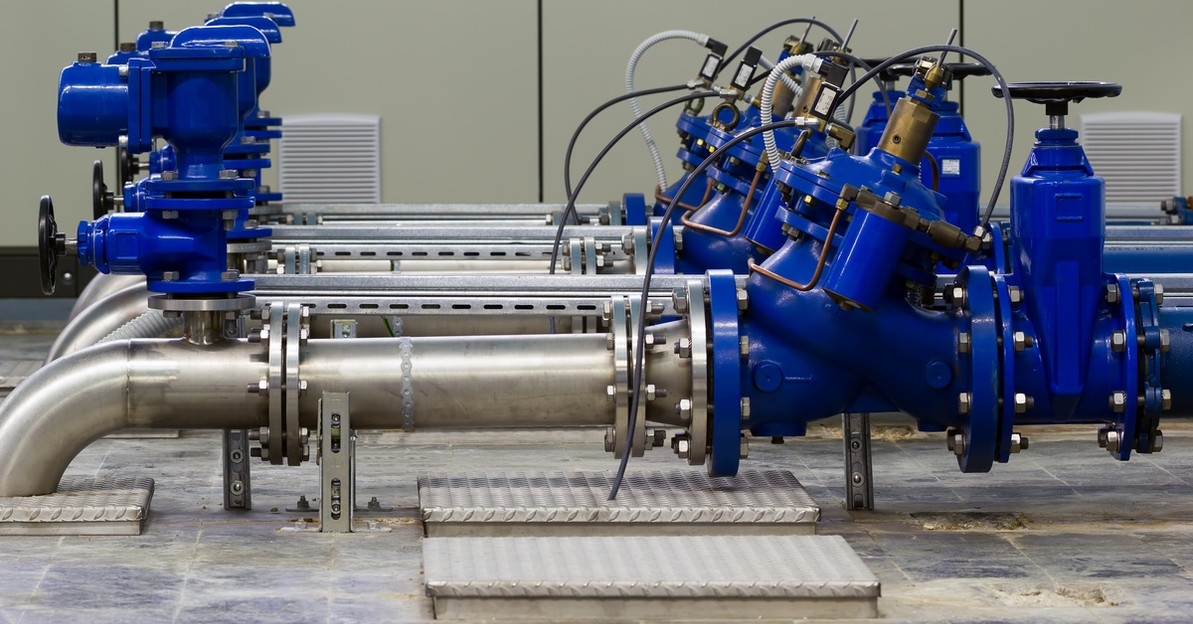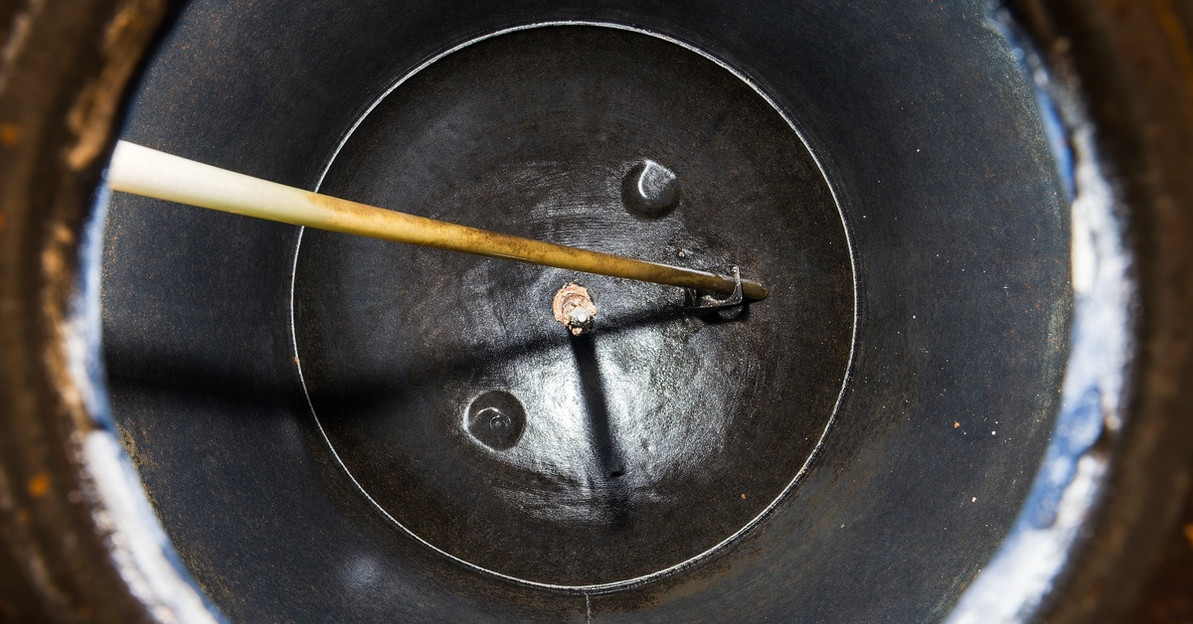Steps Not To Skip When Servicing a Tankless Water Heater
Many homeowners and business owners opt to have tankless water heaters installed to save money on energy bills and increase the convenience of accessing hot water. If you are ever called upon to service a tankless water heater, don’t skip these steps during the process. With proper maintenance, a tankless water heater can last for up to 25 years—about twice as long as a traditional water heater.
Clean Out the Water Line Filter
Many tankless water heaters have a filter on the water line that prevents sediment from building up in the pipes. However, if the filter is dirty or compromised, it won’t do much to keep those pipes from getting scaly.
Remove the filter and inspect it thoroughly as you clean it. If it is damaged or torn in any way, replace it with a new filter.
Clean the Air Filter
If you are servicing a tankless gas water heater, it’s likely to have an air filter as well as a water filter. The air filter is usually located between the fan and the air intake pipe.
Remove the air filter, consulting the heater’s user manual if necessary. Just like with the water filter, inspect it as you rinse it off. If it’s damaged, replace it; otherwise, you can put the filter back once it’s clean and dry.
Descale and Flush
Now it’s time to remove any scale and sediment buildup from the pipes connecting the tankless water heater to the rest of the system. It’s a time-consuming process, but it’s necessary to keep the heater in top condition for years to come.
You can use a specialized descaling solution to perform this process, though white vinegar will also work. Use a submersible pump to cycle the vinegar or descaling solution through the tankless heater for at least 45 minutes. Once the descaling flush is complete, flush the heater with regular water from a garden hose.
Pro Tip:
If the tankless water heater is installed in a building with hard water, you’ll want to repeat this process once a year. If the system has a water softener installed, descaling can be done every 3 to 5 years.
Finish Draining
Before you call it a day, drain any leftover sediment or descaling solution by closing the cold water service port and opening up the cold water shutoff valve. If the tankless water heater has inlet filters for cold and hot water, remove both and rinse them in the sink to get rid of any remaining buildup.
Are you about to service a tankless water heater? Keep this quick guide on hand to remind you of the steps you shouldn’t skip during the process. When you clean and replace filters on schedule and flush the pipes of sediment buildup, the tankless heater will operate properly for years.
Recent Posts
-
How Tankless Water Heaters Can Benefit Commercial Kitchens
A commercial kitchen operates at a fast pace and maintains very high performance standards. Every pi …Dec 3rd 2025 -
Noise Reduction Strategies for Urban Booster Pump Installs
In densely populated urban areas, every sound matters. The constant hum of traffic, construction, an …Dec 2nd 2025 -
How To Avoid Sediment Buildup in Commercial Water Heaters
Every commercial property, from a busy hotel to a bustling restaurant, relies on a steady supply of …Nov 18th 2025





